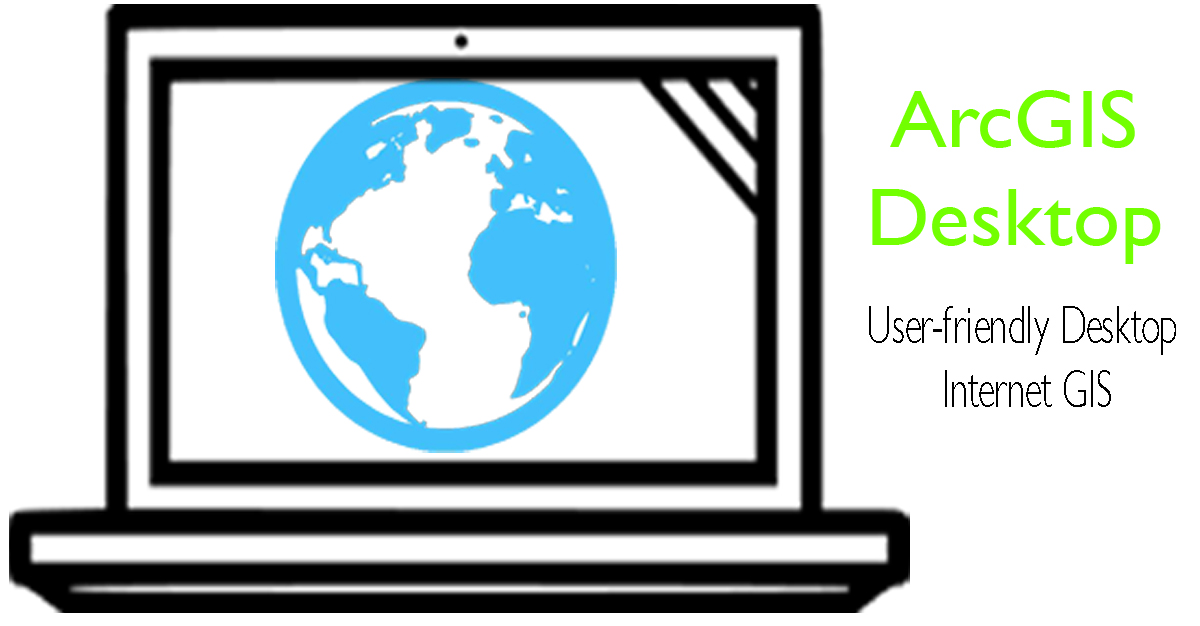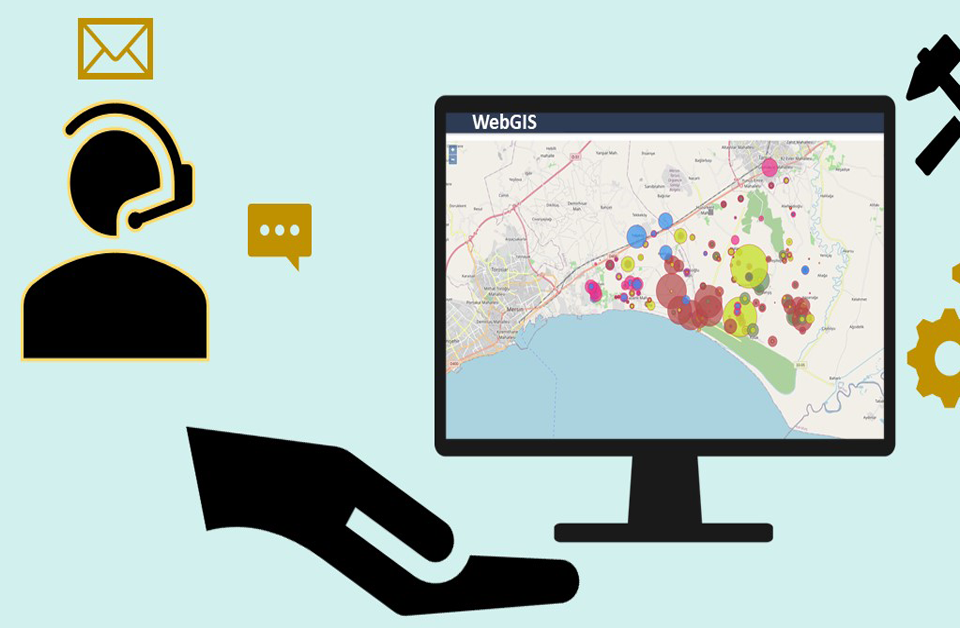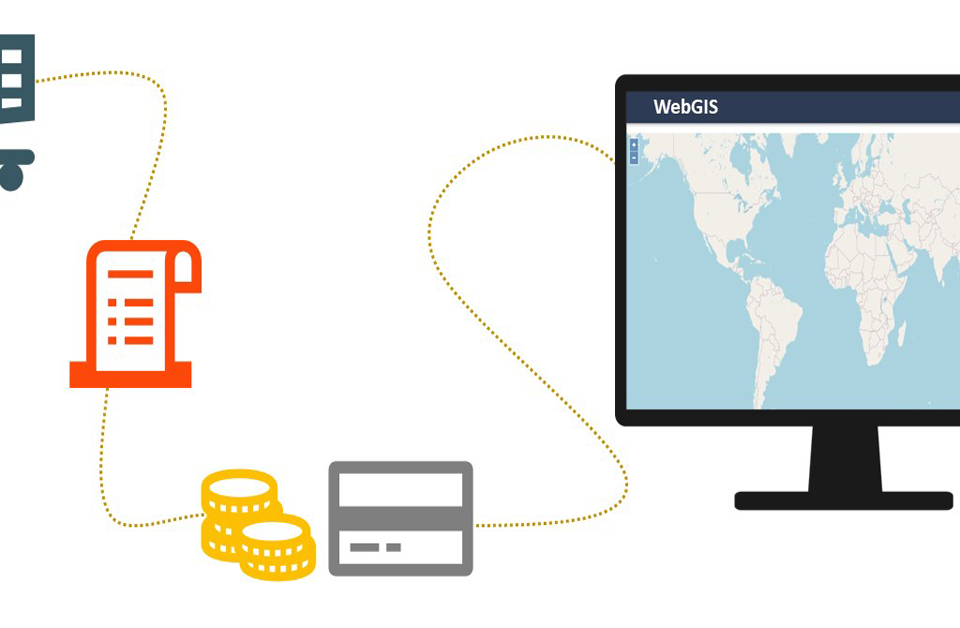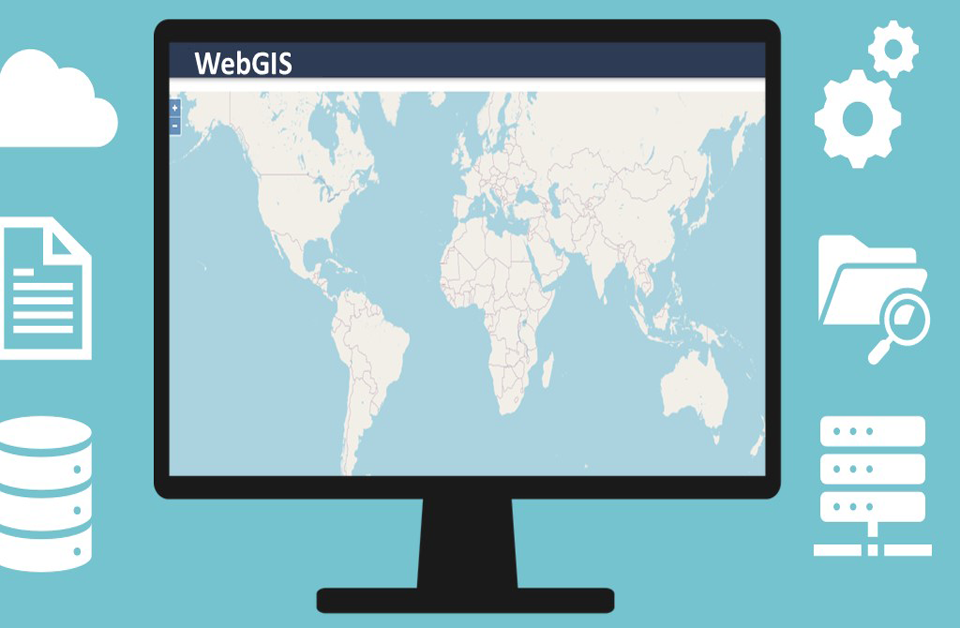Free Open Sources GIS Tools

Use of Mobile Survey Apps in Forestry
April 23, 2020
Hydropower Monitoring
April 28, 2020Substitutes to ArcGIS Desktop
If one has ever worked with spatial data on the desktop, possibilities are that they can use Esri’s ArcGIS application in some part of their tasks. ArcGIS Desktop is an extremely mighty tool, but sad to say that it’s a custody product that is constructed for Windows, Linux and Mac users are unfortunate except they want to use ArcGIS in a virtualized environment, and even then, they are yet utilizing a closed source product that will be bit expensive to license. While their bellwether product is closed source, Esri has built Various contributions to the open-source community.
Luckily, GIS users have some good choices for utilizing open-source tools to plot maps and work with geographical data that can be acquired under free and open-source licenses and which run on different non-Windows operating systems. Below is a few interesting software that is available to download for free.
GRASS
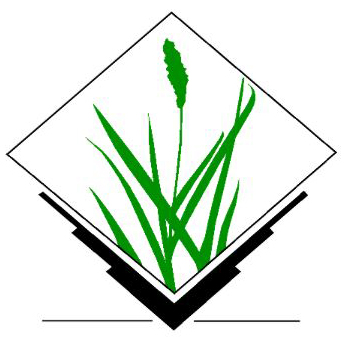
GRASS means (Geographic Resources Analysis Support System). It consists of a very long past, heading back to early development which started in the year 1982 under the USA government. Within time GRASS has been endorsed by the academic authorities, where its development was ahead today.
This will help you to know the interface, which begins with a terminal window and enquires about setting up the project before launching a different control and display window for working with the data. If the GUI senses like it were later fixed on to a powerful program operating under the hood, well, that’s likely what generally occurs. While the interface may not sense as inherent to freshers as few other GIS applications. Since it is naturally just a GUI inattention to the fundamental Python commands, advanced users do manipulate data and display straight from the Python console, for speed, efficiency, and mainly for academic uses, easy clone. The other reason is that the interface shows the broad and strong array of data manipulation tools straight.
GRASS is surely the topper when it advances to data analysis and geo-processing, and its tools can be utilized from outermost applications, building it an exceptionally extensible tool which aids learning even one can’t take it on as their main desktop GIS system. GRASS is written mainly in C/C++, although numerous of its modules are written in Python or different languages.
CONTACT US……FOR “Project in Open source GIS services”
QGIS
In general, identifying QGIS is the end of the search for an ArcGIS alternative. QGIS has a clean interface, it’s friendly to use, and it works well. QGIS supports a different variety of raster and vector formats, and for a Linux user, there’s a better opportunity than it’s already packaged for the distribution’s default repositories. Additionally, Linux, downloads and instructions for macOS, Windows, and Android can be initiated on the project’s site.
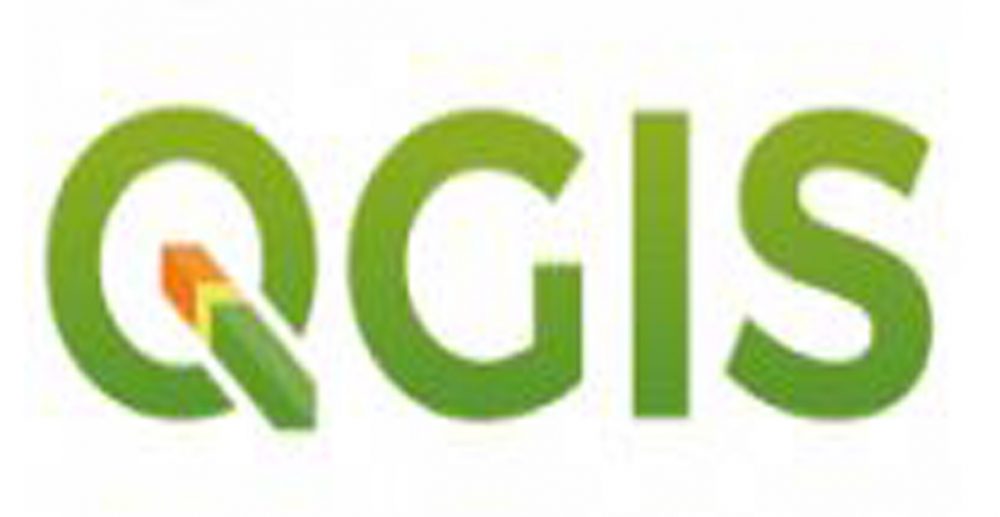
QGIS has good documentation which can be shown in its user manual, as well as a vital user community which has originated various tutorials, guides, and books to help. There are also a large number of plugins that add a ton of purposes not found in the basic package, and its Python interface makes it nearly easy for freshers to create new ones.
One can find the source code to QGIS, which is written mainly in C++, on GitHub below a GPLv2 license.
uDIG
uDig unlike the other two tools GRASS and QGIS in that built more as a useful framework than a complete solution. It is a stand-alone program, and following downloading it and firing it up can start joining and auditing the data like a more traditional desktop GIS tool. But uDig strength approaches in its framework design, actually built around the same Eclipse IDE that a huge number of developers are friendly with already. In this way, uDig makes it simple to develop one own GIS application which encounters the particular needs of the users. The project’s gallery gives many samples, from smart grid to forestry to logistics. uDig is mutually licensed under the Eclipse Public License and a BSD license and can find its Java-based source code in GitHub.
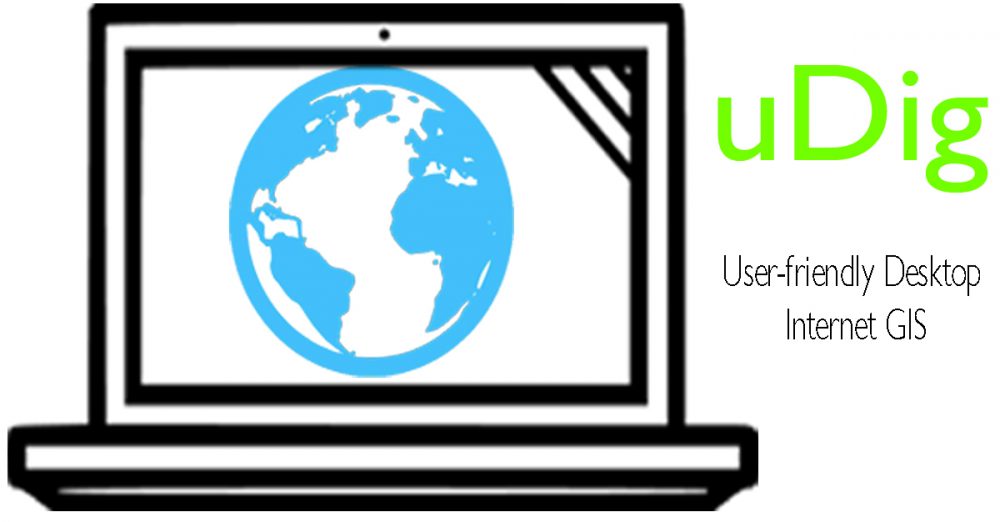
In adding these desktop tools, there are various tools far away from the desktop that GIS users can take advantage of. There are libraries for expanding web-based mapping tools like Leaflet and OpenLayers. On the database site, most vital database systems will bear basic X/Y coordinates, but PostGIS guides the pack with spatially-enabled open source databases by giving extensions on top of PostgreSQL. Libraries like GDAL/OGR give base functionality to many other spatially enabled programs and have imperatives for various popular programming languages. Projects like GeoServer and MapServer provide server-side spatial data hosting.
Many of these open source projects find private enterprises support from companies. The open-source geospatial ecosystem is great and maybe greater than its closed-source equivalent. Several of the projects above drop under the gamp of OSGeo, the Open Source Geospatial Foundation, which abides by a number of various geographic tools and projects.
Why UIZ is Your Destination for Open Source GIS Services
- Our Company is located in the Mid of Berlin centre and easily approachable.
- We have the best and efficient staff to work on the projects without any doubt.
- The overall expenses for handling the project is comparatively low than the other firms which are working as competitors in the market.
- We provide technical support and make you feel comfortable with the service.
Contact us now to know more about free open sources tools used for GIS Projects.

